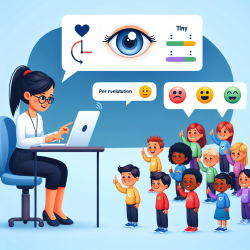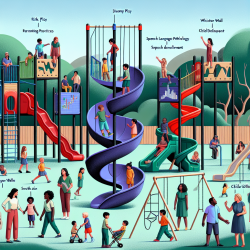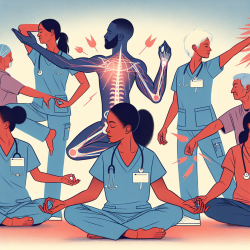Introduction
The COVID-19 pandemic has posed unprecedented challenges to educational institutions worldwide. As schools consider reopening, the balance between ensuring safety and providing quality education becomes crucial. The research article "In the long shadow of our best intentions: Model-based assessment of the consequences of school reopening during the COVID-19 pandemic" offers valuable insights into the potential consequences of reopening schools without adequate surveillance testing and contact tracing.
Key Findings
According to the study, reopening schools without robust surveillance testing and contact tracing could lead to the rapid formation of COVID-19 clusters. These clusters may not only affect the school environment but also extend into the broader community, potentially leading to further outbreaks. The research emphasizes that children, despite often being asymptomatic, carry similar viral loads to adults, making them potential vectors for transmission.
Implementing Research Outcomes
For practitioners and school administrators, the study's findings underscore the importance of implementing comprehensive testing and tracing protocols. Here are some actionable steps based on the research:
- Surveillance Testing: Implement regular testing for students and staff to quickly identify and isolate cases.
- Contact Tracing: Develop efficient contact tracing systems to track and contain potential outbreaks.
- Hybrid Learning Models: Consider hybrid models that reduce the number of students on campus at any given time, thereby minimizing potential exposure.
- Enhanced Ventilation: Improve ventilation systems within school buildings to reduce airborne transmission risks.
Encouraging Further Research
While the study provides a model-based assessment, it also opens avenues for further research. Practitioners are encouraged to explore the following areas:
- Local Adaptations: Investigate how local COVID-19 prevalence rates affect school reopening strategies.
- Behavioral Interventions: Study the effectiveness of behavioral interventions such as mask-wearing and social distancing in school settings.
- Long-term Impacts: Assess the long-term educational and psychological impacts of prolonged remote learning on children.
Conclusion
The decision to reopen schools is complex and requires a data-driven approach to ensure the safety of students and staff. By implementing the research outcomes and encouraging further investigation, schools can navigate the challenges of the pandemic while prioritizing health and education.
To read the original research paper, please follow this link: In the long shadow of our best intentions: Model-based assessment of the consequences of school reopening during the COVID-19 pandemic.










